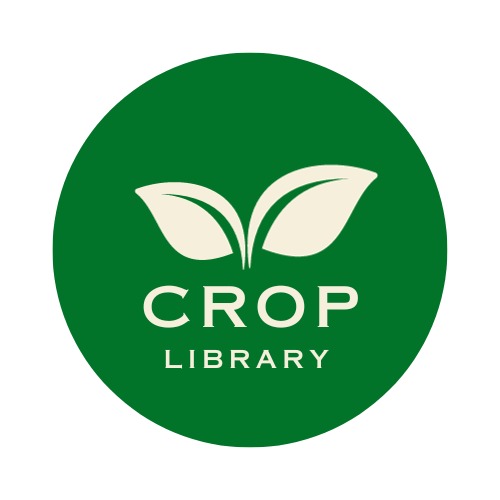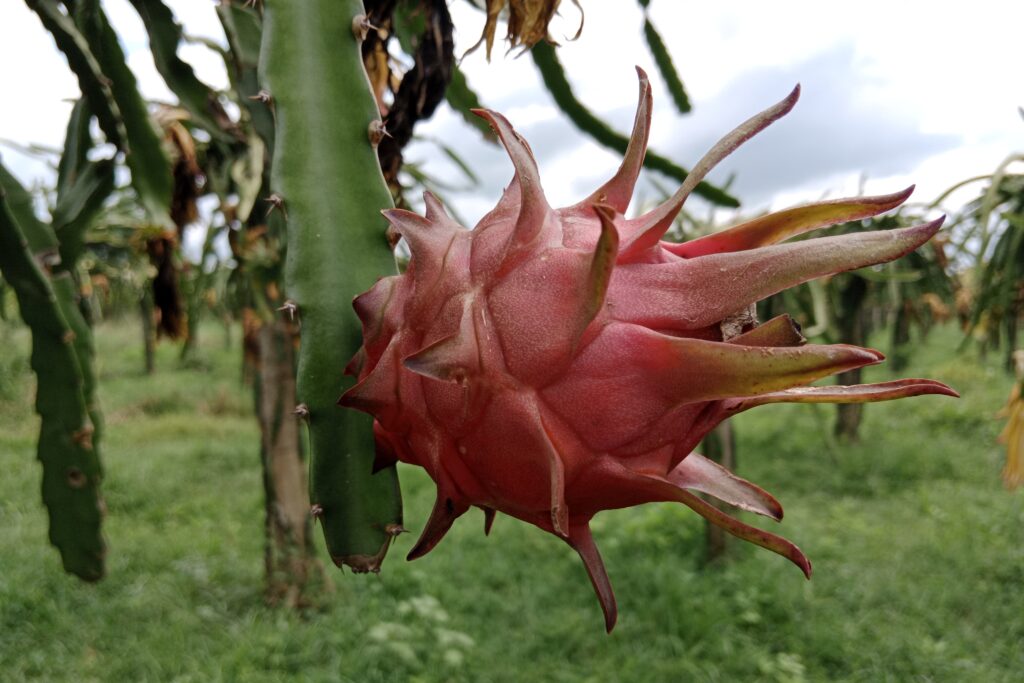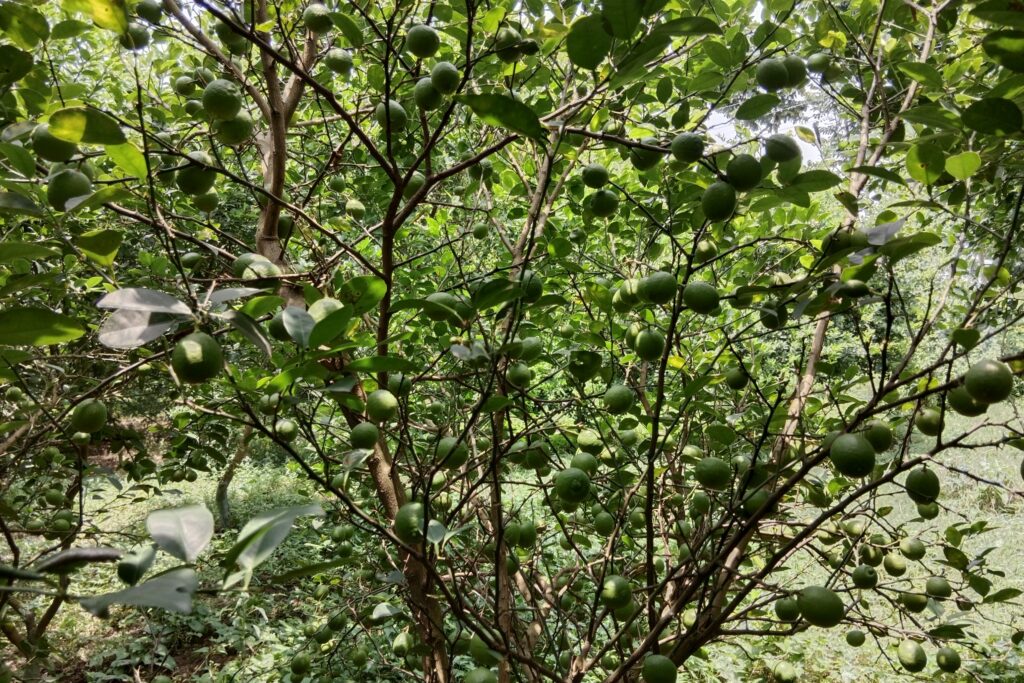Rice farming plays a vital role in feeding over half of the world’s population. However, it is also a significant contributor to greenhouse gas (GHG) emissions, particularly methane (CH₄) and nitrous oxide (N₂O). These gases have much higher global warming potential than carbon dioxide (CO₂), making it imperative to reduce emissions from rice cultivation to mitigate climate change. In this blog, we will explore the sources of GHG emissions in rice farming, comparative emission trends across countries, and strategies to reduce greenhouse gas emissions from rice farming.
Overview of greenhouse gas emission in rice production
Rice farming is unique in its contribution to global GHG emissions due to its energy-intensive practices and flooded field cultivation. These methods result in the release of CH₄, N₂O, and CO₂, accounting for over 10% of global agricultural GHG emissions and approximately 1.3%-1.8% of total anthropogenic emissions.
Emissions efficiency (emissions per unit of rice yield) varies across countries due to differences in farming practices and technologies. For example, tubewell irrigation systems emit significantly more GHGs compared to canal or rainfed systems due to their reliance on energy-intensive water pumping.
Key Factors Driving GHG Emissions in Rice Farming
Flooded Fields
Rice farming predominantly uses flooded conditions, which create anaerobic (oxygen-deprived) environments. These conditions are ideal for methanogenic bacteria, leading to significant methane (CH₄) emissions. Rice cultivation contributes approximately 11% of global CH₄ emissions, making it a notable source of greenhouse gases.
Residue Burning
Farmers often burn rice straw post-harvest, a practice that emits both methane (CH₄) and nitrous oxide (N₂O). Beyond contributing to air pollution and greenhouse gas emissions, this practice depletes organic matter and nutrients in the soil, reducing its long-term fertility.
Water and Energy Use
Rice farming is exceptionally water-intensive, consuming about 2,672 liters of water per kilogram of rice. The energy demands for irrigation systems and agrochemical applications further increase the carbon footprint, emphasizing the need for more sustainable practices in rice production.
Also Read About: Climate Resilient Agriculture.
Strategies to Reduce Greenhouse Gas Emissions from Rice Farming
Alternate Wetting and Drying (AWD)
Alternate Wetting and Drying (AWD) is a water management technique in rice cultivation that involves intermittent flooding of fields instead of continuous submergence. This approach significantly reduces methane (CH₄) emissions by up to 48%, conserves water and maintains crop yields. Implementation involves monitoring soil moisture using water tubes and periodically drying the fields without allowing the soil to completely dry out, ensuring optimal conditions for both crop growth and environmental sustainability.
Improved Fertilization Practices
Improved fertilization practices focus on optimizing nitrogen fertilizer use and adopting slow-release variants to enhance efficiency and sustainability. Utilizing options like sulfur-coated urea or bio-fertilizers such as Azospirillum improves nitrogen use efficiency, reducing nitrous oxide (N₂O) emissions and minimizing fertilizer runoff. These practices also promote better soil health, contributing to more sustainable and environmentally friendly agricultural systems.
Sustainable Residue Management
Sustainable residue management focuses on eliminating residue burning, which significantly lowers greenhouse gas emissions. Instead, alternatives such as composting rice stubble are employed to enhance soil organic matter, while producing biochar offers dual benefits of carbon sequestration and improved soil fertility. These practices contribute to sustainable farming by reducing environmental impacts and promoting healthier soils.
Adoption of Low-Methane Rice Cultivars
The adoption of low-methane rice cultivars involves breeding rice varieties that produce fewer root exudates, thereby reducing methane emissions during cultivation. Examples include methane-efficient rice varieties or faster-maturing cultivars, which shorten the flooded period, effectively lowering the environmental impact of rice farming.
Rice-Fish Farming Systems
Rice-fish farming systems integrate fish cultivation within rice paddies, offering a sustainable approach to agriculture. This practice reduces methane (CH₄) emissions by minimizing organic matter accumulation in flooded fields. Additionally, it diversifies farmer income, decreases reliance on pesticides, and fosters ecological balance, making it an environmentally and economically beneficial farming strategy.
Precision Agriculture
Precision agriculture leverages advanced technologies like drones, sensors, and satellite imagery to optimize the use of resources such as water and fertilizers. This approach minimizes over-application, reduces waste, and enhances efficiency, ultimately decreasing greenhouse gas emissions linked to excessive input usage while improving agricultural sustainability.
Conservation Agriculture Practices
Conservation agriculture practices, including no-till farming, direct-seeded rice (DSR), and crop rotation, enhance sustainability by improving soil health, conserving water, and reducing methane emissions. These methods also lower labor costs, making them economically beneficial while promoting environmentally friendly agricultural systems.
Trends and Implications for Food Security
As the global population grows, rice production needs to increase by 60% by 2050 to meet demand. However, intensifying production often leads to higher GHG emissions. To achieve sustainable growth, farmers must balance productivity with eco-friendly practices.
Future Focus
- Promote the adoption of advanced farming technologies in developing countries.
- Invest in breeding climate-smart rice varieties.
- Encourage policy incentives for sustainable practices, such as carbon credit systems for rice farmers.
Conclusion
Reducing GHG emissions from rice farming is both a challenge and an opportunity. By adopting sustainable practices like AWD, residue management, and precision agriculture, farmers can significantly lower emissions while maintaining or even enhancing productivity. These changes not only mitigate climate change but also ensure food security for billions of people.
Transitioning to sustainable rice farming requires collaboration among farmers, researchers, and policymakers to implement solutions that balance environmental and economic goals. With collective efforts, rice farming can become a cornerstone of climate-smart agriculture.



Pingback: Water and Agriculture in 2050: Risks, Realities, and Resilience Strategies -